Thin is In
One would think the concept of thinner foldables would have run its course when a folded phone has come so close to the thickness of a regular phone, but that is not the case. Chinese brands Oppo (pvt) is said to be about to release (February) the Find N5[1] foldable which is shown to be only 4.0mm thick when open, even though it has a large 5,700mAh battery. While we don’t have a thickness when closed for the Find N5 yet, given that other foldables are typically 0.8 to 0.9mm thicker closed than open, we can estimate that the Find N5 will be between 9.0mm and 9.3mm thick when closed, just a millimeter and a fraction thicker than an iPhone 16. Oppo says they were limited in how thin they could make the Find N5 only by the thickness of the Type-C connector used to charge the phone. Type-C connectors are typically less than 1mm thick but need additional vertical space to be reinforced into the frame of the phone, so unless someone is able to modify the connector, the competition for thinnest foldable might be coming to an end this year, perhaps followed by a focus on multiple fold devices, where only one segment would need a connector, leaving others to be even thinner, or maybe skip the connector altogether in favor of wireless charging, removing the last restriction to thinness.
[1] Will be available in the US as the OnePlus Open 2.
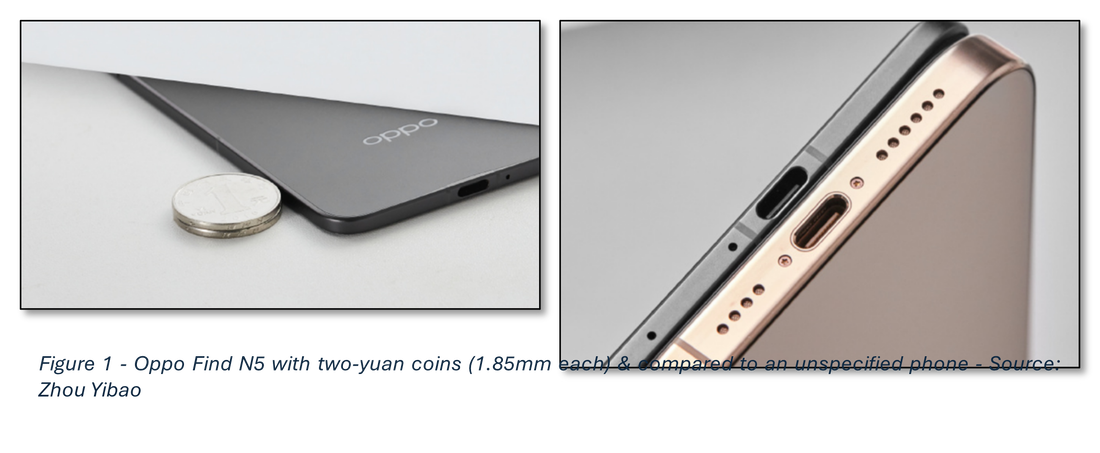

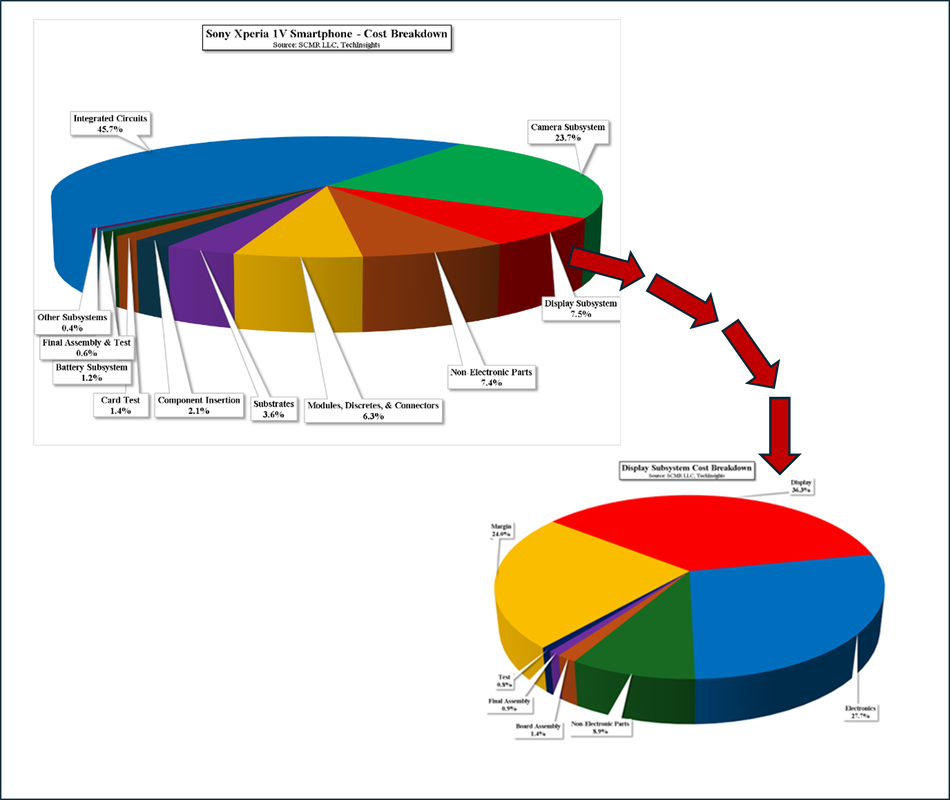





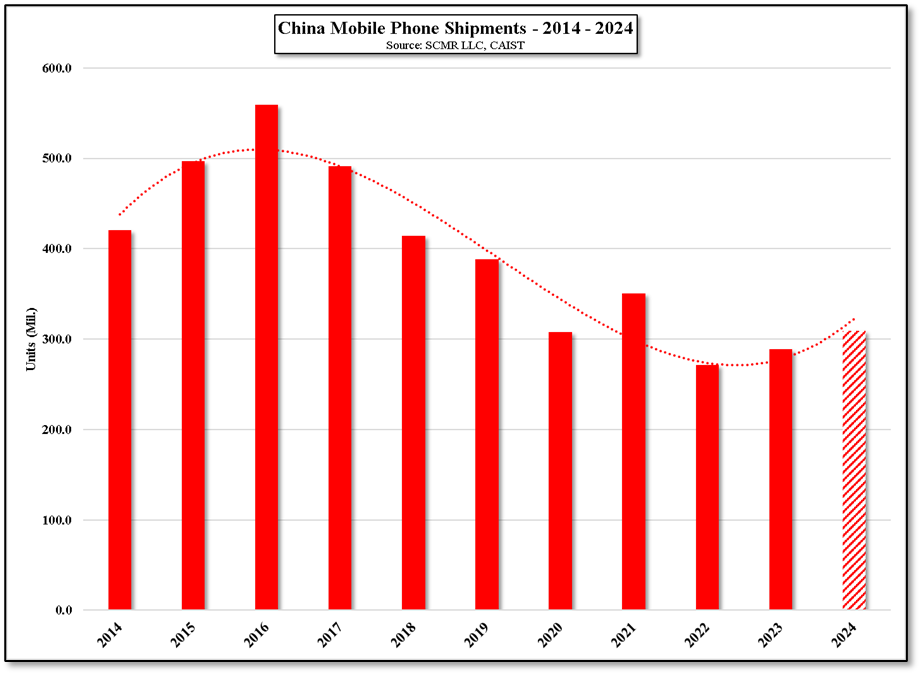
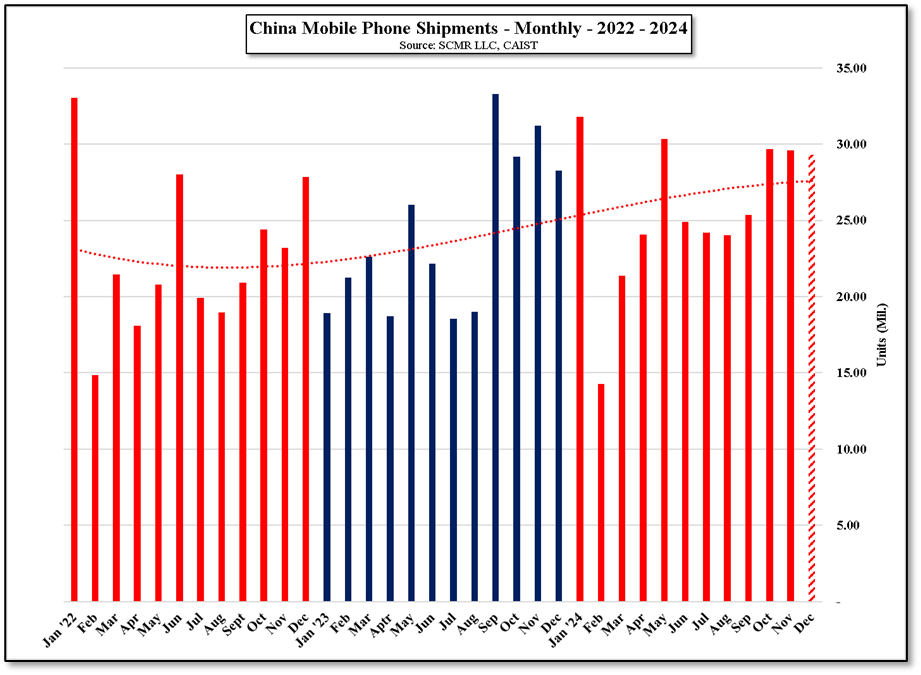
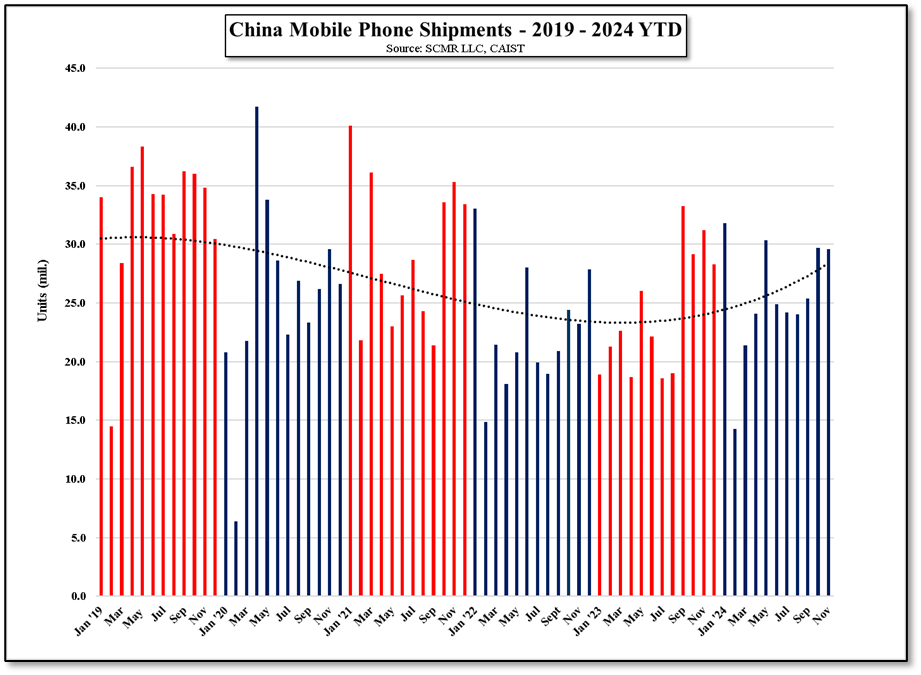





 RSS Feed
RSS Feed